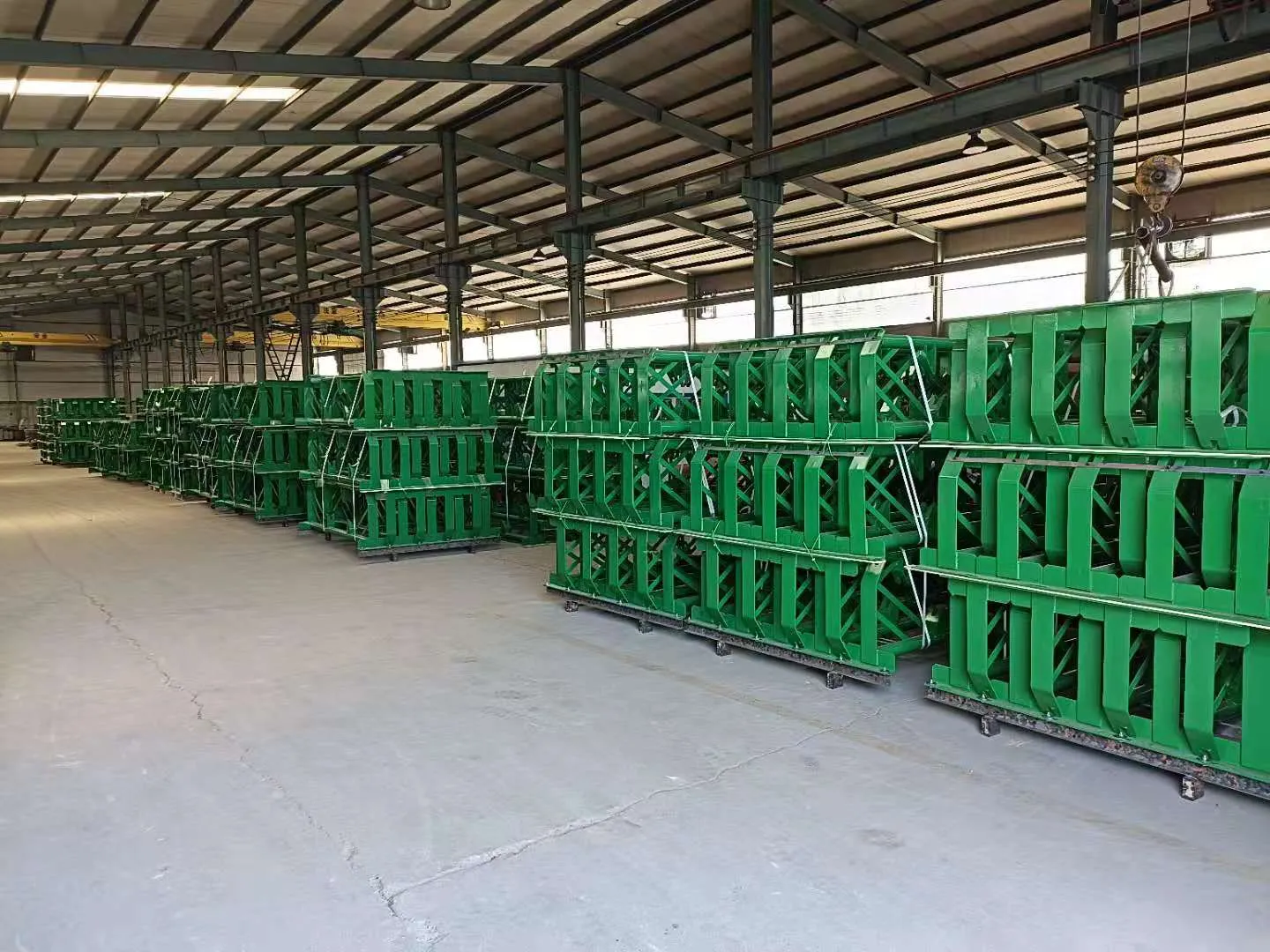 Afrikaans
Afrikaans  Albanian
Albanian  Amharic
Amharic  Arabic
Arabic  Armenian
Armenian  Azerbaijani
Azerbaijani  Basque
Basque  Belarusian
Belarusian  Bengali
Bengali  Bosnian
Bosnian  Bulgarian
Bulgarian  Catalan
Catalan  Cebuano
Cebuano  Corsican
Corsican  Croatian
Croatian  Czech
Czech  Danish
Danish  Dutch
Dutch  English
English  Esperanto
Esperanto  Estonian
Estonian  Finnish
Finnish  French
French  Frisian
Frisian  Galician
Galician  Georgian
Georgian  German
German  Greek
Greek  Gujarati
Gujarati  Haitian Creole
Haitian Creole  hausa
hausa  hawaiian
hawaiian  Hebrew
Hebrew  Hindi
Hindi  Miao
Miao  Hungarian
Hungarian  Icelandic
Icelandic  igbo
igbo  Indonesian
Indonesian  irish
irish  Italian
Italian  Japanese
Japanese  Javanese
Javanese  Kannada
Kannada  kazakh
kazakh  Khmer
Khmer  Rwandese
Rwandese  Korean
Korean  Kurdish
Kurdish  Kyrgyz
Kyrgyz  Lao
Lao  Latin
Latin  Latvian
Latvian  Lithuanian
Lithuanian  Luxembourgish
Luxembourgish  Macedonian
Macedonian  Malgashi
Malgashi  Malay
Malay  Malayalam
Malayalam  Maltese
Maltese  Maori
Maori  Marathi
Marathi  Mongolian
Mongolian  Myanmar
Myanmar  Nepali
Nepali  Norwegian
Norwegian  Norwegian
Norwegian  Occitan
Occitan  Pashto
Pashto  Persian
Persian  Polish
Polish  Portuguese
Portuguese  Punjabi
Punjabi  Romanian
Romanian  Russian
Russian  Samoan
Samoan  Scottish Gaelic
Scottish Gaelic  Serbian
Serbian  Sesotho
Sesotho  Shona
Shona  Sindhi
Sindhi  Sinhala
Sinhala  Slovak
Slovak  Slovenian
Slovenian  Somali
Somali  Spanish
Spanish  Sundanese
Sundanese  Swahili
Swahili  Swedish
Swedish  Tagalog
Tagalog  Tajik
Tajik  Tamil
Tamil  Tatar
Tatar  Telugu
Telugu  Thai
Thai  Turkish
Turkish  Turkmen
Turkmen  Ukrainian
Ukrainian  Urdu
Urdu  Uighur
Uighur  Uzbek
Uzbek  Vietnamese
Vietnamese  Welsh
Welsh  Bantu
Bantu  Yiddish
Yiddish  Yoruba
Yoruba  Zulu
Zulu Innovative Self-Aligning Return Idler Design for Enhanced Conveyor System Efficiency and Performance
Self-Aligning Return Idler A Comprehensive Overview
In the realm of industrial conveyor systems, the efficiency and longevity of equipment are paramount. A critical component that plays a vital role in ensuring a smooth and effective operation is the self-aligning return idler. This innovation has transformed conveyor belt management, reducing operational costs and minimizing maintenance requirements.
What is a Self-Aligning Return Idler?
A self-aligning return idler is a type of idler used in conveyor systems to support the return side of the conveyor belt. Unlike traditional idlers, which may require manual adjustments to maintain proper alignment, the self-aligning return idler automatically adjusts itself to the center of the conveyor belt. This feature significantly reduces the risk of belt misalignment and the associated problems that can arise from it, such as increased wear on equipment and reduced efficiency.
Design and Functionality
The self-aligning return idler typically features a unique construction that allows it to pivot in response to the movement of the belt. This design incorporates a series of rollers set at specific angles, which enable the idler to respond dynamically to changes in the position of the conveyor belt. As the belt moves, any deviation from the central path is corrected automatically. This self-correcting mechanism is crucial in minimizing wear and tear on both the belt and the carrying structure underneath.
By employing this ingenious design, self-aligning return idlers help distribute the load evenly across the entire belt width. This not only enhances the durability of the belt but also ensures that the materials being transported are handled efficiently without risk of spillage.
Advantages of Self-Aligning Return Idlers
self aligning return idler

1. Reduced Maintenance Costs One of the primary advantages of self-aligning return idlers is the reduction in maintenance requirements. By eliminating the need for frequent manual adjustments and realignments, companies can save on maintenance costs and labor.
2. Extended Equipment Life The automatic alignment feature helps reduce the wear and tear on both the conveyor belt and the idlers. Longer-lasting equipment translates to increased uptime and productivity, crucial factors in any industrial operation.
3. Improved Safety Misaligned conveyor belts can lead to material spillage, which poses safety risks for workers. By ensuring that the conveyor belt stays on track, self-aligning return idlers contribute to a safer working environment.
4. Increased Efficiency With the assurance that the belt is running smoothly and efficiently, operators can focus on other critical tasks. The reduction of downtime due to belt misalignment can significantly boost overall operational efficiency.
Applications
Self-aligning return idlers find applications across various industries, including mining, agriculture, packaging, and manufacturing. Any operation involving the transportation of bulk materials, such as coal, grain, or aggregates, can benefit from the integration of these idlers into their conveyor systems. Their adaptability to different operational environments makes them a valuable solution in many contexts.
Conclusion
The self-aligning return idler represents a significant advancement in conveyor technology. By addressing common challenges associated with belt misalignment, this innovation not only enhances the performance and longevity of conveyor systems but also contributes to the overall safety of industrial operations. As industries continue to seek more efficient and cost-effective solutions, the self-aligning return idler is poised to play an even more crucial role in shaping the future of material handling. As businesses invest in such technologies, they pave the way for more streamlined operations and improved productivity, solidifying their position in an increasingly competitive market.
-
Revolutionizing Conveyor Reliability with Advanced Rubber Lagging PulleysNewsJul.22,2025
-
Powering Precision and Durability with Expert Manufacturers of Conveyor ComponentsNewsJul.22,2025
-
Optimizing Conveyor Systems with Advanced Conveyor AccessoriesNewsJul.22,2025
-
Maximize Conveyor Efficiency with Quality Conveyor Idler PulleysNewsJul.22,2025
-
Future-Proof Your Conveyor System with High-Performance Polyurethane RollerNewsJul.22,2025
-
Driving Efficiency Forward with Quality Idlers and RollersNewsJul.22,2025





























